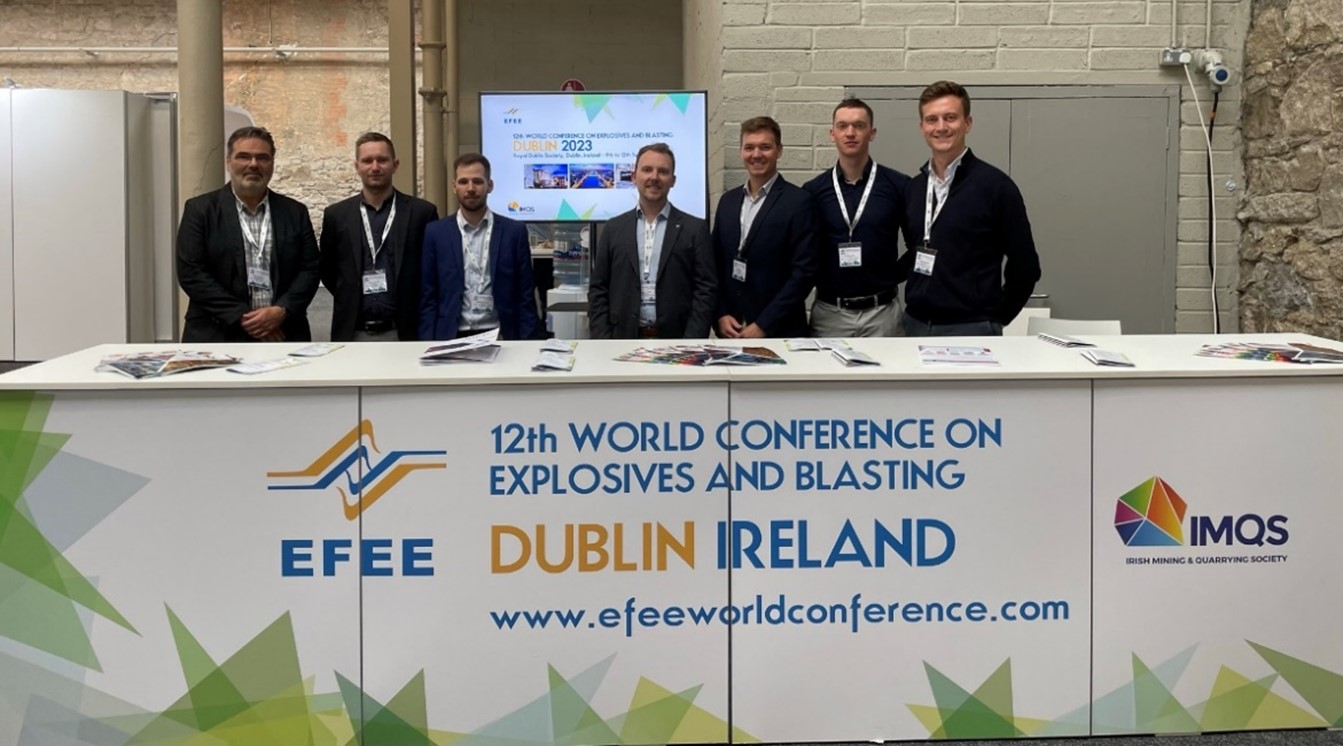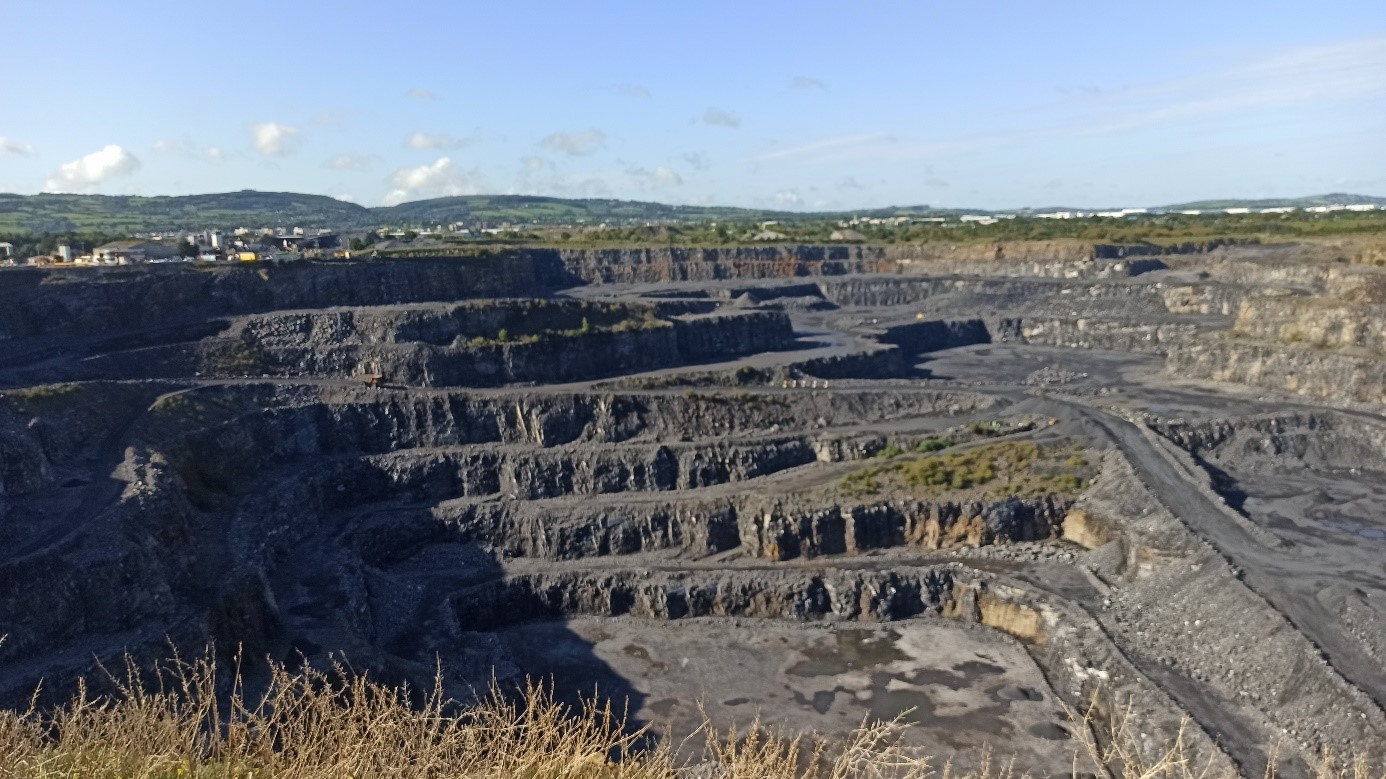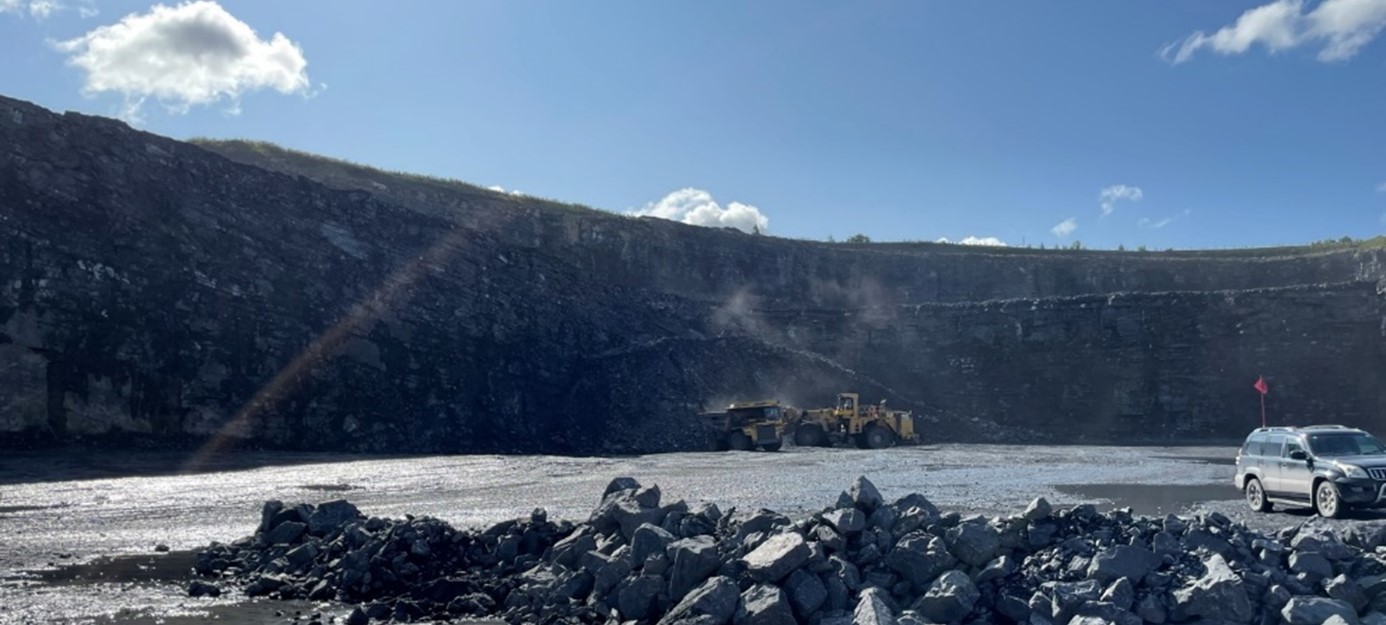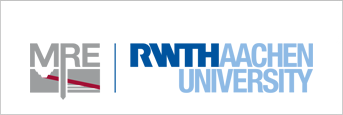Excursion Ireland 2023
From September 10 to 13, 2023, the MRE conducted a technical excursion with seven participants to Dublin, Ireland, thanks to the support of the Wilhelm Heinrich Sobbe Foundation. The aim of the excursion was to attend the 12th World Conference on Explosives and Blasting 2023 of the European Federation of Explosives Engineers (EFEE), as well as to visit the limestone quarry and cement plant „Belgard Quarry“ of the company Roadstone Ltd. near Dublin. Attending the EFEE 2023 conference enabled the attendees to establish international contacts, listen to interesting technical presentations about explosives and blasting technology, and examine innovative products and services at the technical exhibition. The technical presentations were divided into sessions according to main topics:
- Blast Design Management
- Blast Vibration and Seismology
- Blasting Work Experiences
- Construction, Mining & Quarrying (Blasting)
- Demolition Blasting
- EU Directives & Harmonisation Work
- Health, Safety & Environment
- New Applications and Training
- Technical Development
The exhibition presented and demonstrated the latest developments throughout the industry. Leading companies in the fields of explosives and blasting technology enabled a close exchange and deep insights into the new and innovative product world. The excursion was guided by Prof. Bernd Lottermoser and financially supported by:
- Wilhelm Heinrich Sobbe-Stiftung, 44329 Dortmund

Visit of the limestone quarry „Belgard Quarry“
„Belgard Quarry“ is the largest limestone quarry in Ireland and represents a high economic value for the region around Dublin. The operation involves the extraction of limestone and its further processing into ready-mix concrete, aggregates, asphalt, crushed stone, mortar, gypsum, concrete blocks, and fertilizer lime. The limestone is extracted by drilling and blasting, and the material is hauled to the primary crusher discontinuously by wheel loader and heavy-duty trucks.

The quarry produces about 2.2 million tons of limestone per year in two-shift operation and is currently developed on seven benches. The average bench height is 18 meters. Mining is carried out by drilling and blasting. A CAT 992G is used to load heavy-duty trucks (such as the Cat 775E or Komatsu HD 605) (Figure 3). To convey the rock to the primary crusher, three heavy-duty trucks are currently in use, corresponding to the current progress of mining. In perspective, there will be a need for four heavy-duty trucks if the travel distances and thus the travel times of the hauling equipment increase. Cone crushers are used as primary and secondary crushers to crush the material, while an impact crusher is used as a tertiary crusher. Material is not temporarily stockpiled in the process but is stockpiled as a final product. The processing plant is still the original plant since mining began and continues to prove its worth. The quarry has been producing for 50 years and has reserves for another 70 years. The additional approved quarrying area is approximately 60 hectares.
In addition to the quarry, Roadstone Ltd. also operates a concrete block factory, an asphalt mixing plant with a capacity of 400 t/h and several concrete mixing plants on the site. The latter will soon be replaced by the largest concrete batching plant in Western Europe, according to the plant manager. The new plant will replace the smaller plants at the facility, as well as another of the company’s plants at a depleted quarry in the area. Around 13 million euros will be invested in this project.

The quarry’s strategic location on the outskirts of the city of Dublin creates great demand, but also brings problems. Due to the expansion of the city, the quarry is now surrounded by residential and industrial buildings. The quarry makes every effort to maintain a good relationship with the residents with investments in the local community and regular opportunities to visit. Blasting is always scheduled to take place on Friday afternoons to avoid inconveniencing residents with unscheduled blasting events. Blasting also focuses heavily on avoiding fly rock.




